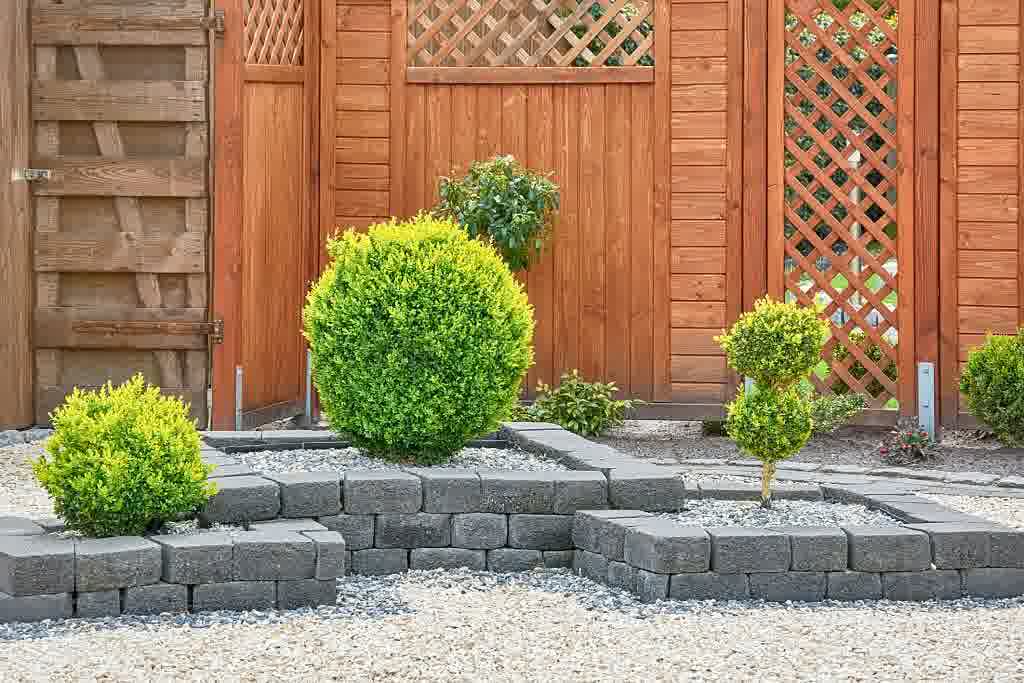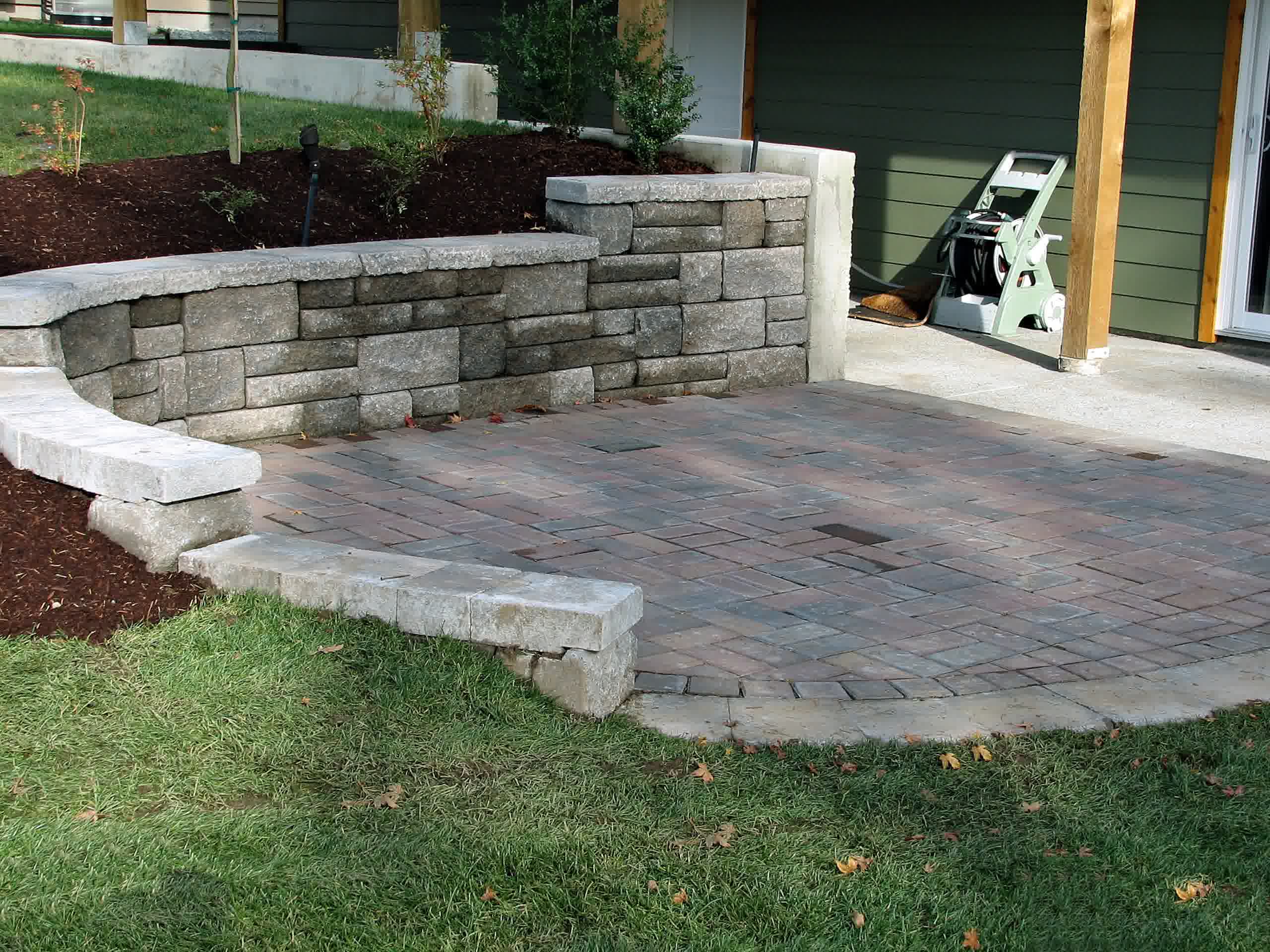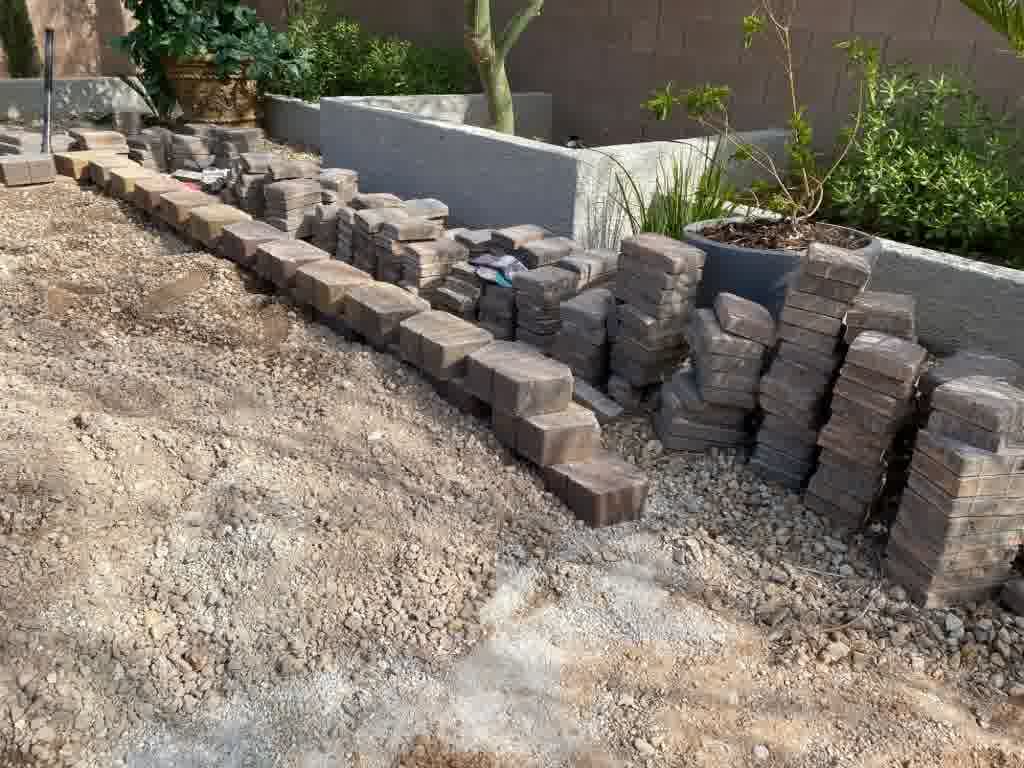Retaining Wall Guide: Permits, Drainage, and DIY Mistakes to Avoid
Retaining walls are more than just a practical addition to your property. They shape landscapes, add visual interest, and most importantly, manage erosion and water runoff. But for homeowners, there’s more to building a retaining wall than choosing the right materials. Between zoning permits, drainage strategies, and common construction pitfalls, understanding the process can save time, money, and long-term headaches. Whether you’re planning a new installation or evaluating an existing one, this guide will help you navigate the essentials of retaining wall planning and maintenance.
Retaining Wall Permits and Local Regulations
Why Permits Matter for Retaining Walls
When building a retaining wall, many homeowners overlook one of the most important steps: checking local permitting requirements. Most municipalities require a permit for walls over a certain height, typically around three to four feet. This is because retaining walls can significantly affect the surrounding soil structure and drainage. Without a permit, you may be forced to remove or rebuild the structure at your own expense.
Permits also ensure that your retaining wall meets local building codes, especially when it’s near property lines, public easements, or utility lines. Skipping this step can result in fines or future legal issues, especially if the wall causes drainage problems or property damage.
How to Get a Permit for a Retaining Wall
The permitting process often begins with submitting a plan that includes the height, materials, and exact placement of the wall. You may also be required to provide drawings or hire a structural engineer, especially for taller walls. Soil stability and slope will also be evaluated. Once approved, periodic inspections may follow during and after construction. The process may seem tedious, but it’s worth it for peace of mind and long-term safety.

Proper Drainage for Retaining Walls
The Role of Drainage in Retaining Wall Success
Poor drainage is the leading cause of retaining wall failure. These walls hold back large volumes of soil, which can become dangerously heavy when saturated with water. If water isn’t properly redirected, hydrostatic pressure can build behind the wall, pushing it outward or causing collapse. Even small walls can be compromised without appropriate drainage systems in place.
A proper drainage system typically includes gravel backfill, perforated drain pipes, and weep holes to relieve water pressure. The goal is to allow water to escape from behind the wall rather than building up and exerting unnecessary force.
Avoiding Costly Water Damage
Ignoring drainage considerations may not show immediate consequences, but over time, it can lead to cracked walls, soil erosion, or mold and mildew around your foundation. Water damage not only shortens the lifespan of the wall but may also cause harm to nearby landscaping or hardscaping features. During installation, ensure that your contractor understands the importance of integrating a full drainage plan with the wall design.

DIY Retaining Wall Mistakes to Avoid
Misjudging the Scale and Complexity
It’s tempting to take a DIY approach to retaining walls, especially with the growing popularity of interlocking block systems marketed as homeowner-friendly. But even walls under four feet can present challenges if the slope, soil type, or drainage needs are misunderstood. One common mistake is failing to account for the lateral pressure of the soil, especially after rain. Another is skipping base preparation, which leads to uneven settling and structural issues.
Starting with the wrong base materials or skipping compaction can create a wobbly foundation, which only worsens over time. The same applies to improper stacking of blocks, especially without using a retaining lip or reinforcement systems. While DIY kits can be a fun weekend project, they may not hold up under seasonal weather changes if not properly executed.
When to Call a Professional
If your property has steep slopes, poor drainage, or plans for a taller wall, it’s best to consult with a landscaping or hardscaping professional. A poorly built retaining wall can create bigger problems than it solves, from soil washouts to property damage. Professional installers also have the right equipment to safely excavate, compact, and construct walls that meet both aesthetic goals and structural requirements.

Conclusion
A well-built retaining wall can be both beautiful and functional, giving structure to your landscape while protecting your home from erosion and drainage problems. But before you start digging, it’s crucial to understand the process from start to finish. That means checking local permit laws, designing for proper drainage, and avoiding common DIY mistakes. When done right, a retaining wall adds value, curb appeal, and peace of mind.
Whether you choose to tackle a smaller project on your own or work with a pro, planning ahead makes all the difference. Make sure that you get in contact with us to learn more about our retaining wall services as well as our Hardscaping, Landscaping, Retaining Wallsservices.

SERVICES
Hardscaping
Landscaping
Retaining Walls
Pavers
Stamped Concrete
Patio
Fire Pits
Pergolas
Overseeding
Deck Construction
Stone Masonry
Grading
Landscape Design
Landscape Lighting
Sod
Artificial Turf
Outdoor Living Spaces
Fence Installation
Stone Steps
Step Landings
"*" indicates required fields
 (585) 507-2951
(585) 507-2951 info@bllandscapeny.com
info@bllandscapeny.com